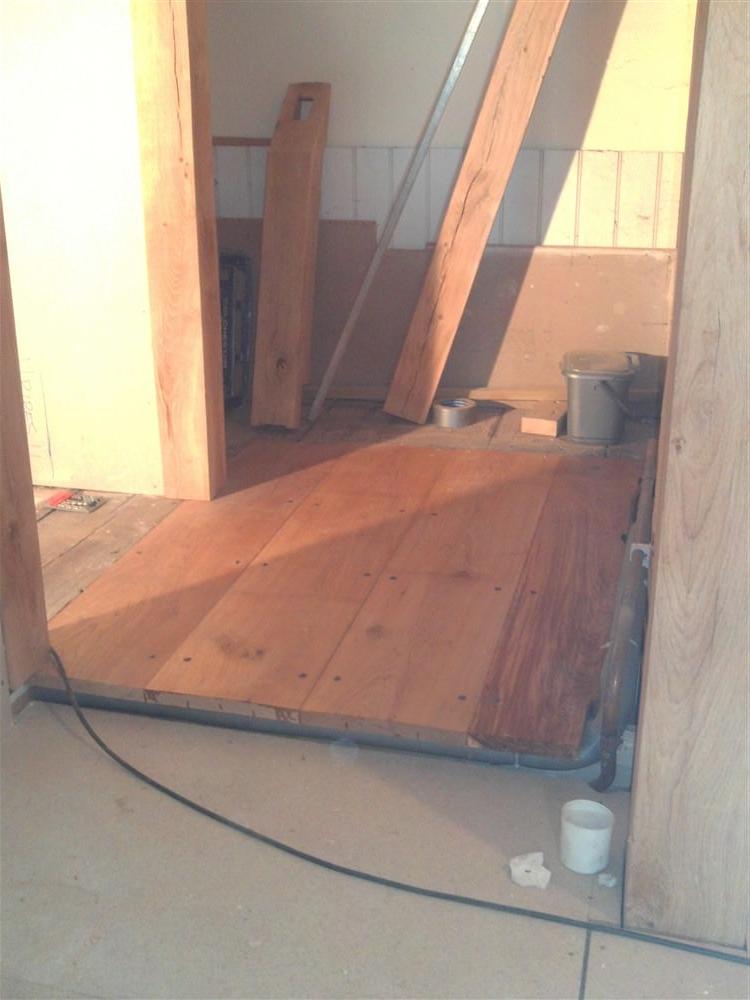stuartpaul":2v8f5z0k said:
I've tended to shy away from water based finishes as I tend to find they leave a rather 'thick' coating that looks and feels artificial. Perhaps it's been the product I've used (floor varnish). Any particular product to consider? I prefer wiping on rather than brushing is this an issues with these?
It's most likely your technique that gives you these, what I gather are, unsatisfactory results. With regard to application I'm not the biggest fan of water borne finishes because they can be challenging to apply. Their often sought after characteristics include their non-yellowing tendencies, their ability, to a point, to slow down long term colour change in the wood (due to the inclusion in many cases of UV blockers whose effectiveness over the long term diminish), and their relatively quick drying leading to less contamination through dust, bugs and the like dropping into a slow drying still wet surface which you face with oil based varnishes.
As to application technique if using a brush the best suggestions I can make through a forum are to start by using the appropriate better quality synthetic brushes. Get a decent load in the brush and starting from roughly the mid point on one edge apply a layer of finish in one direction travelling outwards over the end followed by repeating this working in the other direction over the other end. Basically, never brush from the end towards the centre so that you don't get runs, sags or curtains on the end. Once you've applied your first stripe of finish, reload the brush and apply the next stripe of finish overlapping the first by about an eighth or so.
The trick is to not overwork the applied finish. If possible lay it on and move on to the next stripe. If you do have to go back over do it within a minute or two: squeeze out as much finish as you can off the brush on the rim of the container and 'tip-off' the already applied polish. Holding the almost dry brush nearly vertical to the surface drift it downwards (a bit like landing an aeroplane) somewhere near the centre so the bristle tips gently move the still wet finish to a better more even coverage, then leave it alone. Move on to applying the next full stripe of finish. If there are cock-ups, voids and other faults after this, let the finish cure, sand and correct with your second coat.
I think the trick is to learn how much to load the brush, applying correctly, and knowing when to reload. I think it's fairly obvious in the above description that I was describing application of finish to a panel, but similar application strategies are necessary for more fiddly parts such as legs and rails.
As to brands, I don't have any particular favourites because I basically don't like water borne finishes, but they are a necessary finish type we're having to adapt to through legislation and client preferences: they're generally not easy to apply well without a spray gun (and even that can be a bit tricky), can be a bit plasticky when cured and applied too thickly, can be cold looking (generally horrible on walnut for example unless goosed up a bit with some warming colour), and sometimes have an unattractive blue cast to them when cured. The last brand I used was Wickes own satin brand. It was no better or worse than any other brand I've used, but it came out nice and smooth with very little streaking, brush marks, or other blemishes, so it was good enough for some tables and mirrors I'd knocked up. Slainte.







